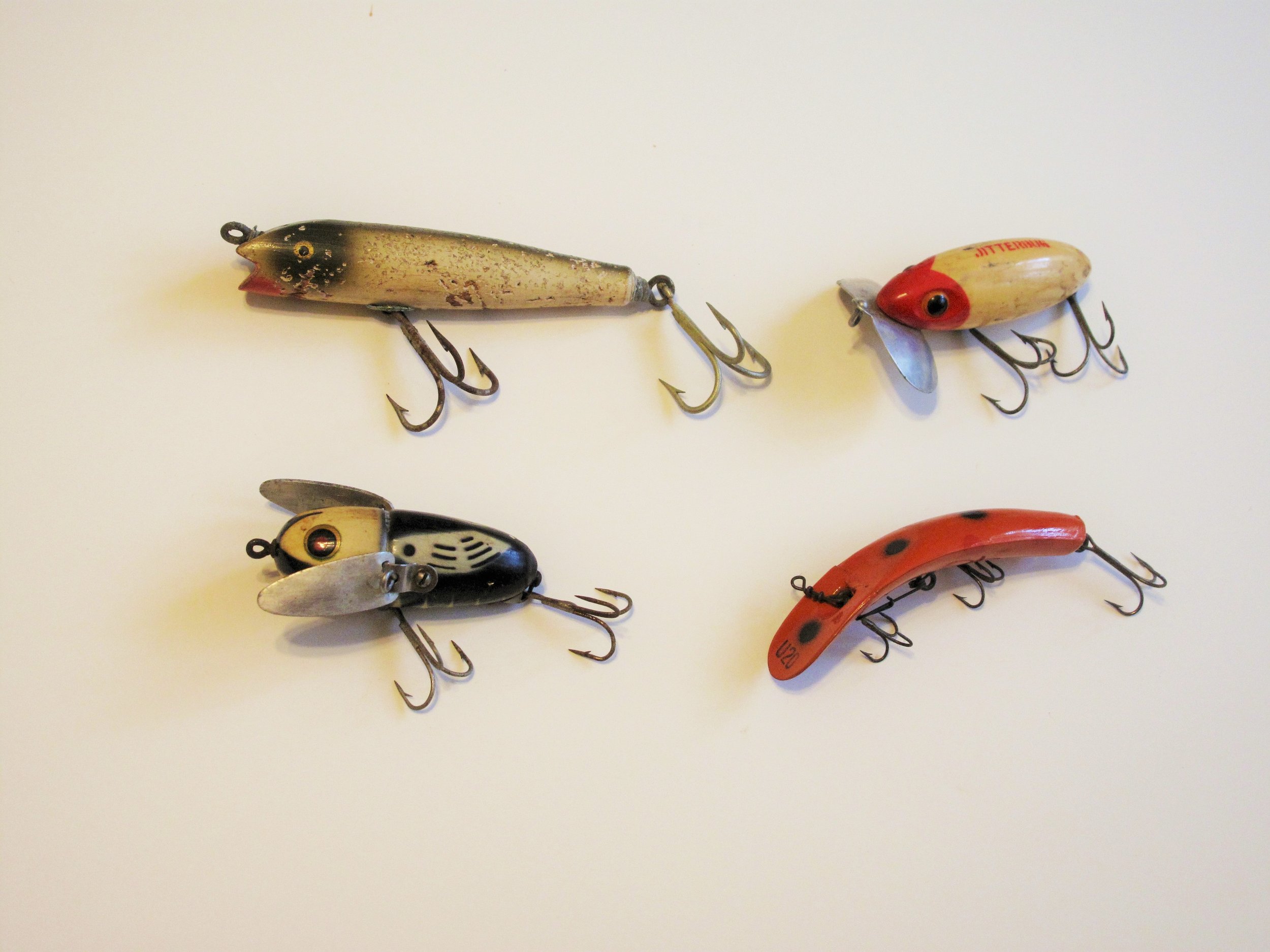Are Your Hunting Opportunities Eroding?
Across many parts of America your hunting rights are literally washing away. This cornfield near the South Dakota village where I was raised epitomizes why we’re losing hunting opportunities – and why the Conservation Reserve Program (CRP) grasslands are critical. Wildlife can only live where it finds suitable habitat. Farm fields left so barren and unprotected that the soil washes away are a disaster. The farmer loses soil. Pheasants, deer, rabbits, songbirds, etc. lose shelter and forage. Fish habitat gets choked by the silt that washes into streams and lakes. Homeowners lose buildings to floods. Taxpayers lose money cleaning up the siltation and pollution. Hunters lose game to hunt. Hunters have been fighting to minimize soil loss and maximize wildlife habitat for more than a century. We’ve spent billions protecting and restoring wetlands, grasslands and forests. Money from hunting license sales and gun taxes has bought and restored abused farmlands, turning them into National Wildlife Refuges, State Wildlife Management Areas and the like. But it isn’t enough. It can’t be enough. Hunters can’t raise enough money to offset losses when commodity prices encourage farmers to plow, plant and harvest more. But farmers have to make a living. They have to pay taxes on their land. The CRP, conceived by hunter/conservationists and pushed through Congress by hunters in 1985, has been one of the most successful programs ever devised for protecting soil and wildlife for everyone. It pays farmers rent on some 40 million acres of fragile farmland they voluntarily put back into protective grass and tress. This has cut soil erosion by 450 million tons per year and increased whitetails, mule deer, sharptails, prairie chickens, cottontails, meadowlarks, bobolinks and dozens of other mammals and songbirds. Pheasant populations have grown 22 percent. Some 2 million additional ducks are being produced on CRP lands annually. This increase in wildlife has increased outdoor recreational spending in the U.S. by $300 million per year. Water quality has improved. Runoff pollution from pesticides and herbicides has abated. Fishing has improved. Flooding has decreased. The benefits to society go on and on. But record high prices for corn and soybeans, used both as food and fuel, are encouraging farmers across the nation to plow up not only their CRP acres, but old pastures and native grasslands that have never been farmed. Who can blame them? After losing money on farming for decades, they finally see a chance to succeed. Unfortunately, the increase in crop production means an accelerating decline in habitat for all kinds of wildlife, especially nesting ducks on the northern plains. Currently, CRP land enrollment is down to 30 million acres. On September 30, 6.5 million acres more are scheduled to expire. Fields will be plowed and sprayed. Wildlife will die. But there's good news!Ducks Unlimited and Pheasants Forever and similar hunter/conservation groups have been sounding the alarm and lobbying Congress to bolster CRP funding. Thanks to their continuing lobbying efforts, Ag Secretary Tom Vilsack on March 2, 2012, announced 1 million acres of new lands will be admitted into CRP. The question is, with crop prices where they are, will any landowners sign up? The new CRP payments have been increased to $150 per acre, but cash rental payments for cropland easily double that in many parts of the country. Unfortunately, increasing demands for food and fuel (ethanol) impinge directly on wildlife habitat. P.S. Have you seen all the ads in support of CRP from PETA and the Humane Society of the U.S? Neither have I. Those groups continue to spend their millions running ads criticizing hunters and asking for more donations so they can continue criticizing hunters. That’s a great way to create more wildlife. # # #












